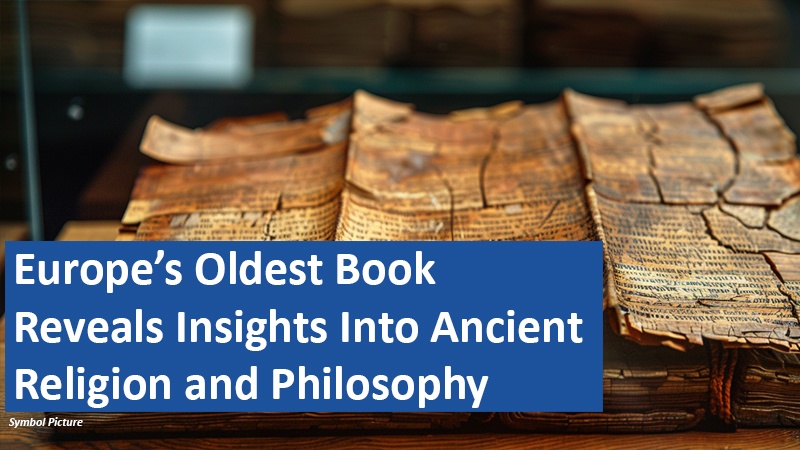
In 1962, archaeologists uncovered an extraordinary artifact in a tomb near Thessaloniki, Greece—the Derveni Papyrus. Preserved by the very flames that threatened to destroy it, this charred manuscript is recognized as Europe’s oldest book. Its contents provide a rare glimpse into ancient religious beliefs and philosophical thought.
Now exclusively try Amazon Prime and Prime Video free for 30 days!
The Mystery of the Derveni Papyrus
Dated between 340 and 320 BCE, the Derveni Papyrus survived due to an unusual phenomenon: while the fire from a funeral pyre burned parts of the text, it also protected the scroll from decay. Its discovery was so significant that UNESCO later classified it as the oldest known European book.
The manuscript discusses the teachings of the legendary poet Orpheus and concepts of the afterlife, suggesting that the anonymous author was a follower of Anaxagoras, a philosopher known for his ideas on the immortality of the soul.
Orphism: An Early Spiritual Movement?
The text appears to be directed toward initiates of Orphism, a religious tradition in ancient Greece. While much about Orphic rituals remains unknown, scholars believe its followers practiced monotheism, abstained from eating meat, and emphasized purity and salvation.
Interestingly, the Derveni Papyrus contains beliefs that parallel early Christian teachings, making it a crucial document for understanding the evolution of religious thought in the ancient world.
Philosophy and Mythology Reinterpreted
Beyond its religious significance, the text offers key insights into Greek philosophy. The author analyzes a lost Orphic poem about the birth of the gods, arguing that it should be interpreted allegorically rather than literally.
This approach aligns with the perspectives of several Greek philosophers of the time, who sought to explain nature and the cosmos through rational thought. Scholars continue to debate the document’s meaning and structure, as many fragments remain incomplete.
Future Research: Unlocking Ancient Knowledge
Advancements in digital imaging and AI-driven analysis are gradually improving the readability of the heavily damaged manuscript. As technology progresses, researchers hope to uncover even more details about Hellenistic religion and philosophy, shedding light on previously lost ideas.
The Derveni Papyrus provides an unprecedented window into ancient Greek religious and philosophical thought, bridging myth and rational inquiry. Its connection to Orphic traditions and early concepts of the soul underscores the evolution of spiritual ideas over centuries. As technology advances, future research may reveal even more lost knowledge hidden within its fragile, charred fragments.
What other ancient manuscripts might still hold untold stories? How can modern technology help decode historical texts that were once thought unreadable? Share your thoughts in the comments!
Based on content from www.smithsonianmag.com and own research.